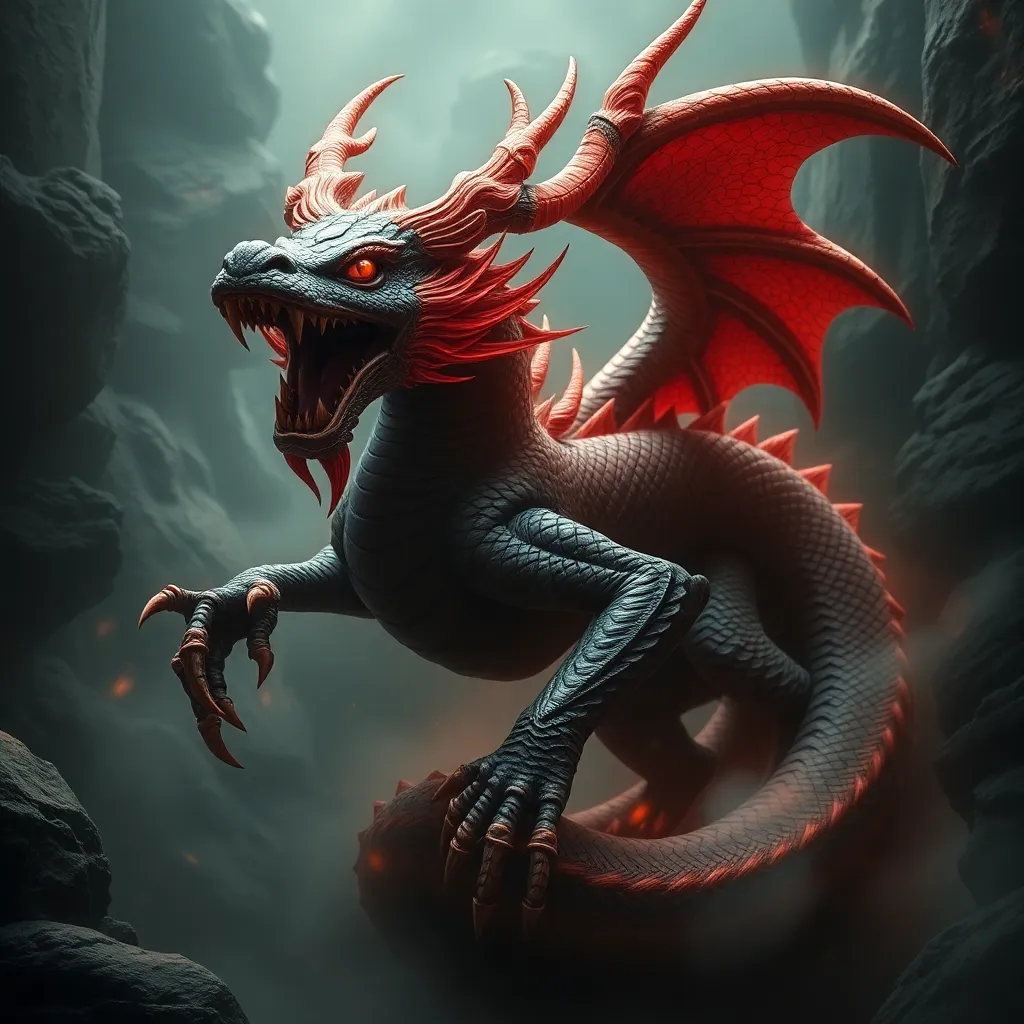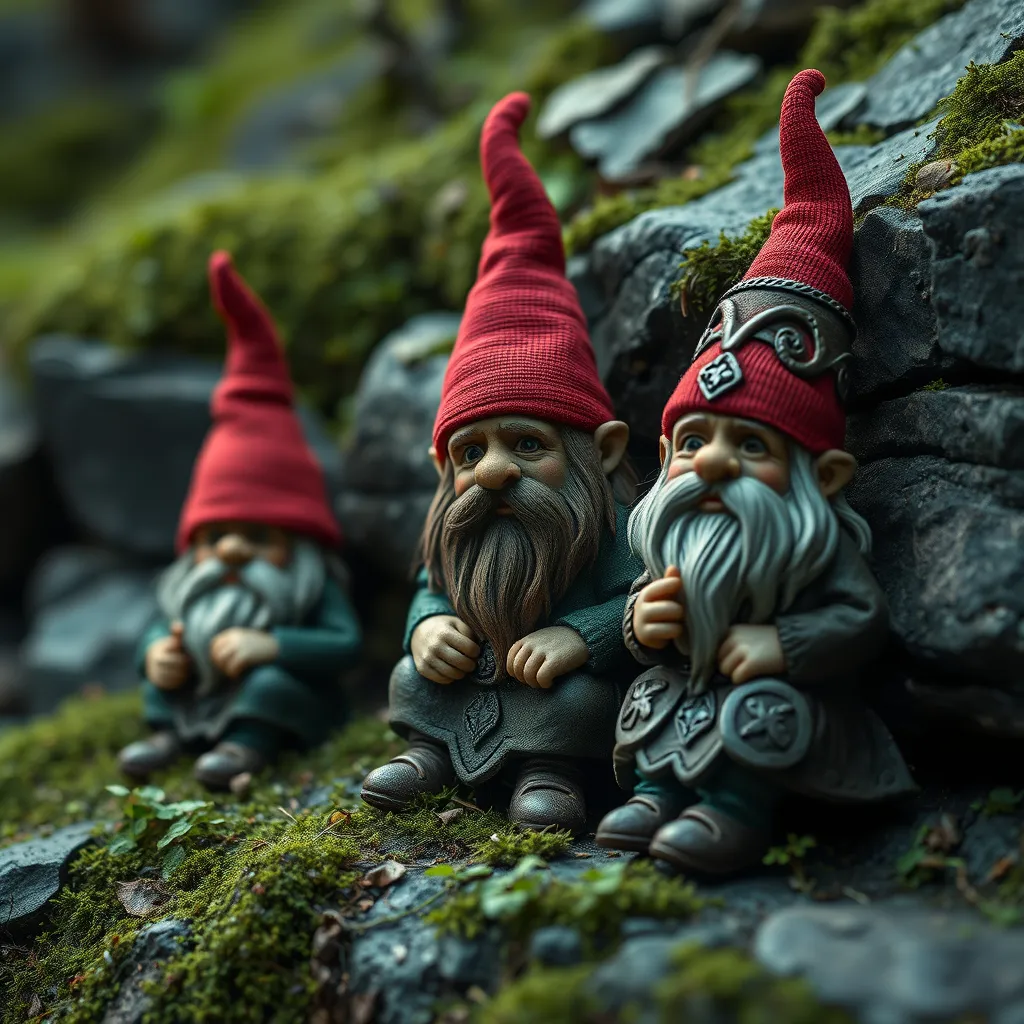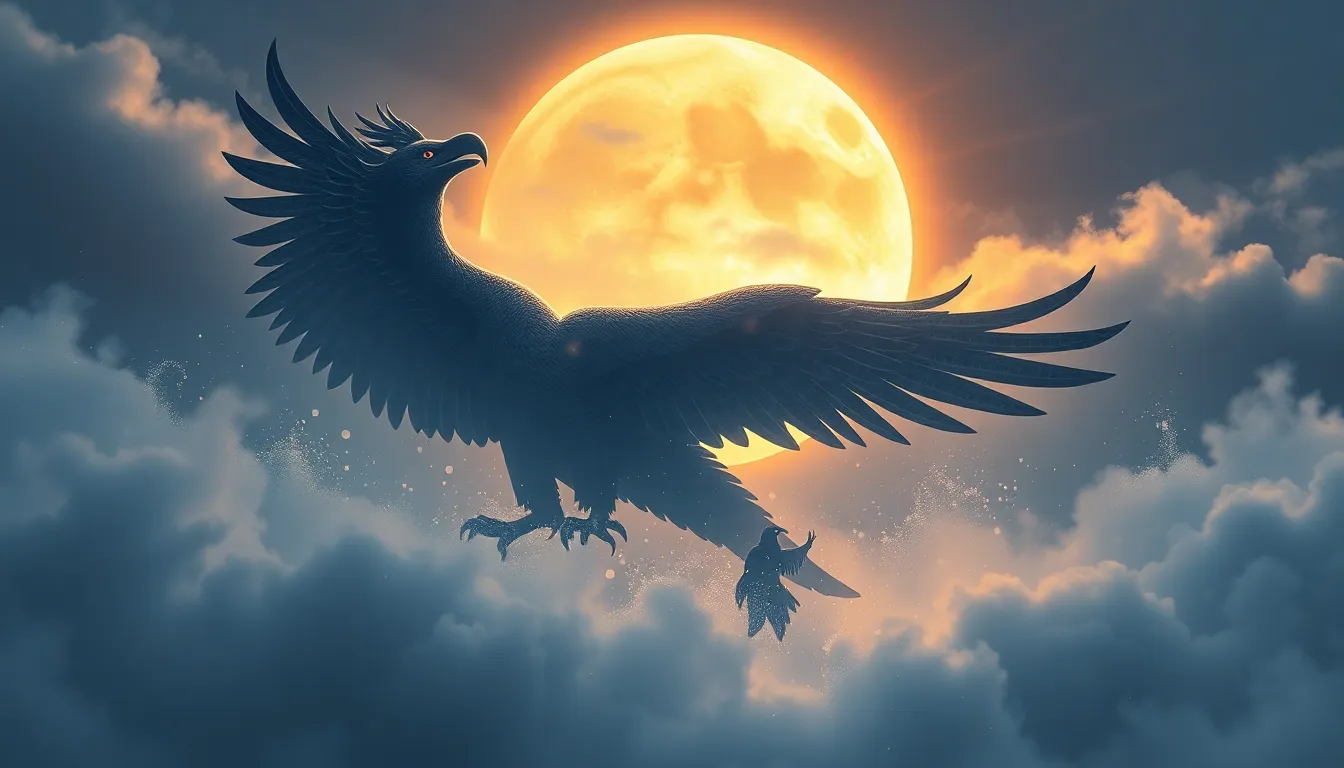The Manticore in Indonesian Mythology: A Serpent of the Underworld
I. Introduction
Indonesian mythology is a rich tapestry woven from diverse cultural threads, reflecting the archipelago’s complex history and the myriad of peoples who have inhabited its islands. Mythical creatures play a pivotal role in these narratives, embodying various aspects of human experience, moral lessons, and the natural world. Among these fascinating beings is the Manticore, a creature that has found a unique place in Indonesian lore, often depicted as a serpent associated with the underworld.
II. Historical Context of the Manticore
The Manticore’s origins can be traced back to ancient Persia, where it was depicted as a fearsome creature with the body of a lion, the wings of a bat, and the tail of a scorpion. Its name derives from the Persian ‘martichora,’ meaning “man-eater.” As cultures evolved and interacted through trade and exploration, the Manticore’s image transformed, leading to various adaptations in different mythologies around the world.
In Indonesia, the Manticore’s presence can be seen as a reflection of the significant cultural exchanges that occurred through maritime trade routes. As merchants and travelers brought stories and beliefs from distant lands, the Manticore adapted to fit the local context, blending with indigenous myths and spiritual beliefs.
III. Physical Description of the Manticore
Traditionally, the Manticore is depicted as a formidable creature, combining elements of both the terrestrial and the ethereal. In Indonesian representations, it often takes on a serpentine form, characterized by:
- A long, sinuous body resembling that of a serpent or dragon.
- Scales that shimmer with iridescent colors, symbolizing its connection to the mystical.
- Fiery eyes that are said to possess the power to mesmerize or paralyze those who gaze into them.
Variations in descriptions of the Manticore can be found across different regions of Indonesia, influenced by local beliefs and artistic traditions. Some regions portray it as a more benevolent guardian, while others emphasize its terrifying aspects.
The serpentine form of the Manticore is significant, as it symbolizes both danger and the continuity of life, embodying the duality of creation and destruction within Indonesian culture.
IV. The Manticore’s Role in Underworld Mythology
In many Indonesian belief systems, the underworld is viewed as a realm of spirits and ancestors, where the souls of the deceased journey. The Manticore is often seen as a guardian or gatekeeper of this underworld, tasked with overseeing the passage of souls. Its association with the underworld connects it to:
- Protection of sacred spaces and the journey of the soul.
- Judgment of the worthiness of souls seeking entry into the afterlife.
- Guardianship against malevolent spirits that may threaten the peace of the deceased.
Comparatively, similar creatures in other mythologies, such as the Egyptian Anubis or the Greek Charon, also serve as guides to the afterlife, highlighting a universal theme of the need for guidance in the transition from life to death.
V. The Manticore in Folklore and Legends
Throughout Indonesian folklore, the Manticore features prominently in various tales that illustrate moral and cultural lessons. Notable stories include:
- A tale of a brave warrior who confronts the Manticore to save his village from its wrath, ultimately learning the importance of respect for nature.
- A story of a young girl who befriends the Manticore, discovering that it was misunderstood and only sought companionship, which teaches themes of acceptance and understanding.
These tales often carry deeper meanings, exploring themes of courage, respect for the natural world, and the consequences of one’s actions. The Manticore’s impact on local folklore traditions emphasizes the importance of storytelling as a tool for cultural preservation and moral education.
VI. Symbolism and Cultural Significance
The Manticore holds a significant place in the cultural symbolism of Indonesia. It is often seen as:
- A symbol of fear and power, representing the unknown forces of nature that can both protect and destroy.
- A representation of life, death, and rebirth, reflecting the cyclical nature of existence that is central to many Indonesian beliefs.
- A participant in rituals and cultural practices, where its image may be invoked to seek protection or to honor the spirits of the deceased.
Through these symbols, the Manticore becomes a powerful figure in the spiritual landscape of Indonesia, embodying the complexities of life and the reverence for the unseen forces that shape human destiny.
VII. Modern Interpretations and Adaptations
In contemporary culture, the Manticore has found new life through literature, art, and media. Several modern adaptations portray the Manticore as a creature of fascination and horror, reflecting society’s ongoing intrigue with mythological beings. Examples include:
- Fantasy novels that reimagine the Manticore as a character with depth, exploring themes of identity and belonging.
- Artworks that depict the Manticore in various styles, from traditional batik to contemporary digital art.
- Films and video games that incorporate the Manticore, introducing it to new audiences and expanding its narrative possibilities.
This resurgence highlights the Manticore’s enduring appeal and its role in shaping modern Indonesian cultural identity, as well as its place in the global imagination.
VIII. Conclusion
The Manticore’s significance in Indonesian mythology is a testament to the rich cultural heritage of the archipelago. As a creature that embodies the complexities of existence, it serves as a reminder of the intertwined relationships between life, death, and the supernatural. The ongoing relevance of mythological creatures like the Manticore in contemporary society underscores the importance of studying these narratives to understand cultural identity and heritage. By exploring the myths and legends of the past, we can gain valuable insights into the beliefs, values, and traditions that continue to shape our world today.




